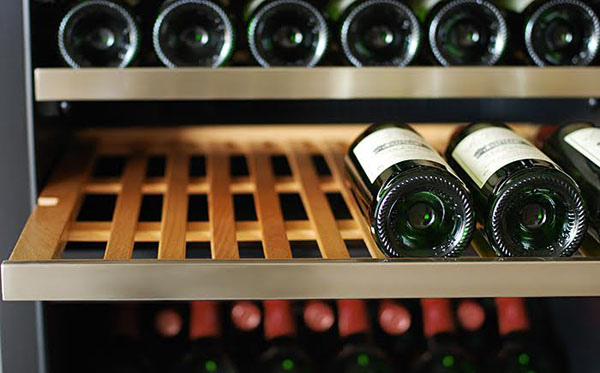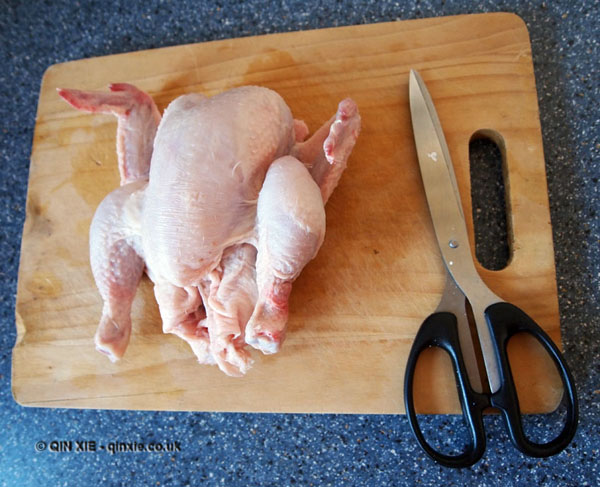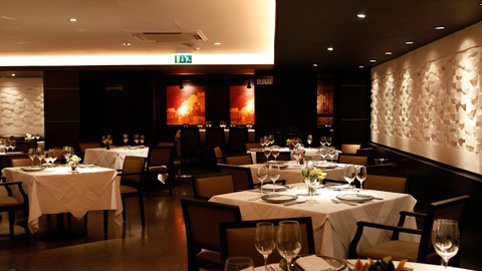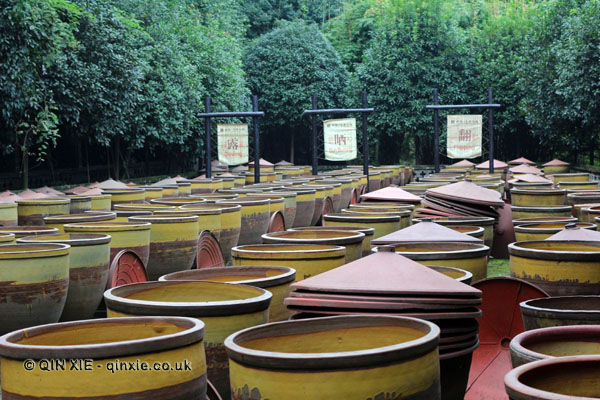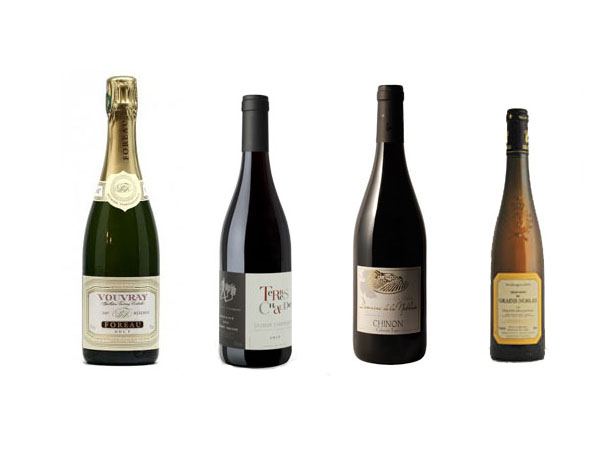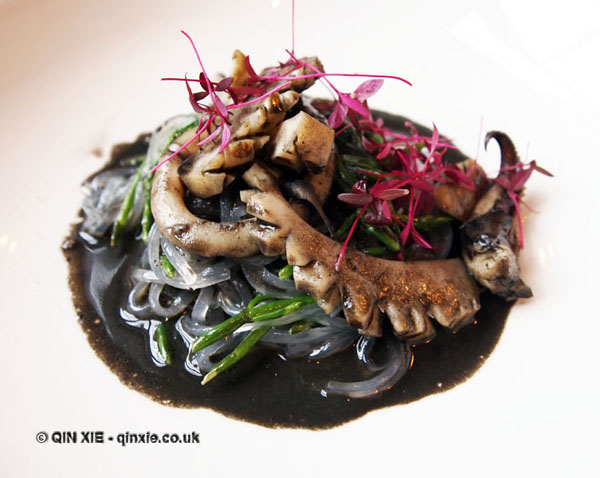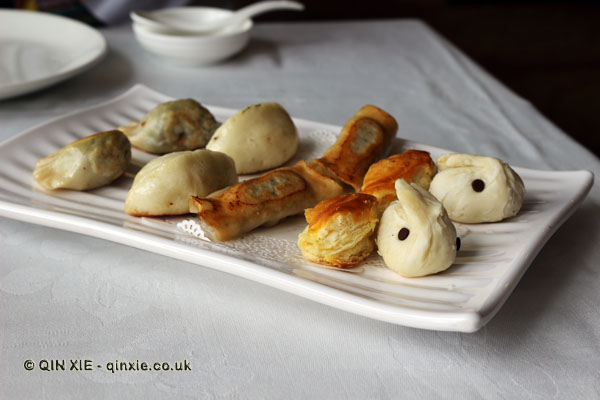Wine storage 101: The ten golden rules
The small peaks in temperature that we briefly called a heat wave in London is long over. But in the few days of stifling humidity, I did wonder: are my wines going to taste ok when I come to taste them in the autumn?
I, like many others who live in the city, have trouble with space. Without a garage or a cellar, finding a place to store wines at the right temperature can be a real issue. This is especially true if you’re living in rented accommodation and you don’t want to make the investment of getting a wine fridge.
Just then, Ebba Riismark from winestoragecompany.co.uk got in touch about their products. As I had no experience with wine storage, I thought it would be interesting to get some insights from the experts. So without further ado, here are the ten golden rules for wine storage:
You love wine.
And just like the way your interest has grown, so has your collection. But how, and where, should you store them? Even more importantly, how do you make sure they remain their absolute best when doing so?
There are many different wine storage solutions, and finding one that fits you might not seem like the easiest thing to do. However, if you just follow these ten golden rules of wine storage, you will be more than half way there.
1. Keep it cool
The first thing to make sure is that your wine is stored in a cool place.
If it’s not kept below an appropriate temperature level, the wine will become cooked. Wine cannot stand high heat and temperatures above 22 degrees Celsius can be disastrous.
2. … but not too cool
Besides avoiding the heat, you should also keep your wine from getting too cold.
Regular fridges are way too cold, and can only keep your wine in good condition for a little while. If you plan to store your wine, or aging it, the ideal temperature is at 12 degrees. Whatever the wine, the temperature should be between 10 to 14 degrees for it to flourish in the long run.
3. Constant is best
When you have the right temperature, you should also make sure that you keep it at a steady level.
Wine likes temperature to be constant, and too much fluctuations will harm the quality of the wine. Actually, a steady temperature is more important than the exact degree itself. So before you hunt the perfect temperature, make sure that it can be held at a steady level.
4. Watch out for the sun
Ever thought about why wine bottles tend to be colored?
Basically, the shaded glass works like sunglasses for the wine. No wine is especially fond of the light, and the sun with its UV rays are particularly bad (except some sweet wines, which already had extreme sun treatment). The best way is to store your wine behind solid doors. But if you want to show off your collection, glass doors are fine too – just make sure they are UV protected.
5. Free from vibrations
No wine likes to be shaken around a lot.
In fact, vibrations could be pretty harmful to the wine and should be avoided. Most vibrations come from machines placed nearby your storage, or from the storage itself. Therefore, always make sure that your wine cooler’s compressor is fitted with a silencer. Also worth considering is that wooden shelfs naturally absorb vibrations better than metal ones do.
6. No smell
You should keep your wines away from strong odours.
In a regular fridge there can be many odours affecting your wine in an unwanted way, which is why it is very important to store your wine in a cooler that has perfectly pure air. The reason is that wine naturally breaths through its cork, taking in the surrounding air.
7. Appropriate humidity
Apart from breathing through its cork, the cork also works like a humidity control for the wine.
If the cork is not kept in a humid condition, it will dry out and allow air to enter the bottle. If this happens, the wine will become oxidised very quickly and potentially turn sour. Lying the bottle on its side will help, as would naturally humid conditions in the air.
8. Always store sideways
As mentioned in the previous point, keeping the bottle on its side can help prolong the life of a wine.
The moisture of the wine will seep into the cork and help to prevent it from drying out. This position will also help any sediment to settle in the bottom of the bottle.
9. Wine cooler
If you don’t have a cellar nearby, a wine cooler or cabinet is probably the best way to store your wine at home.
With a cooler you will have full control of all points above. A cooler is often smaller than a cabinet, and is great for storing wines for a shorter period of time. In the long run, and if you have a large collection, it might be worth investigating into alternatives.
10. … or cabinet?
Unless you have a very serious collection of wines, a wine cabinet might be sufficient.
The bigger size and better gadgetry will mean that it can handle aging and long-term storage better.
